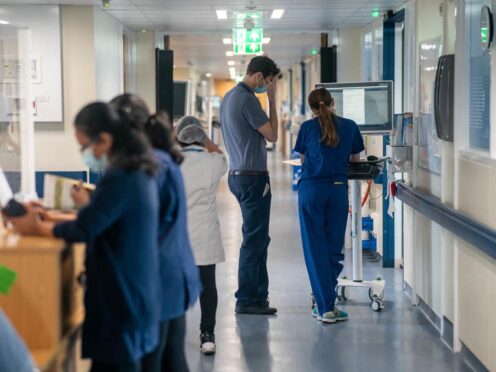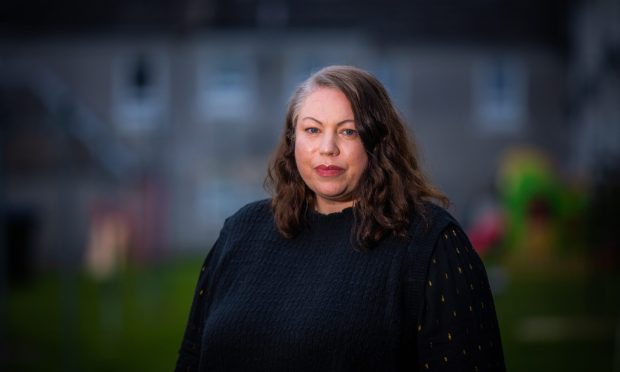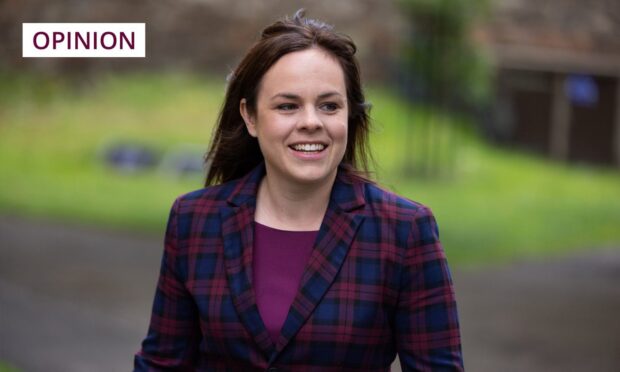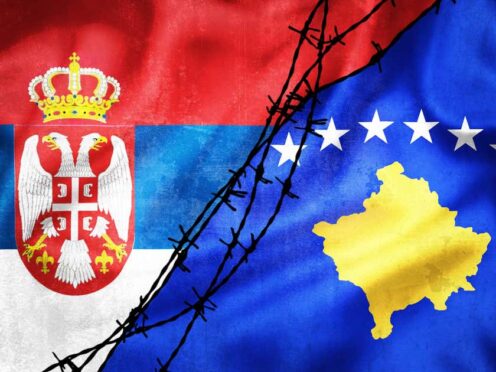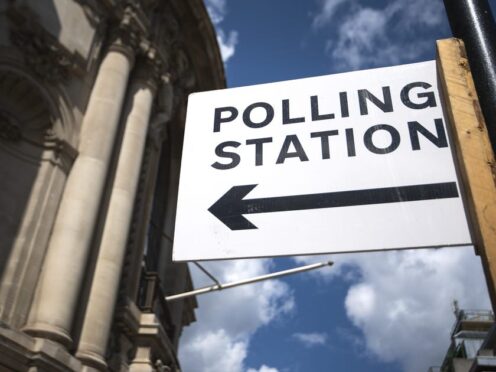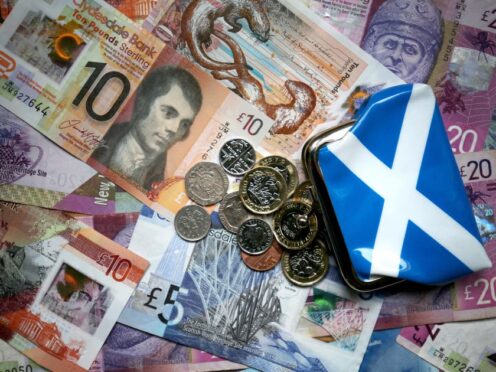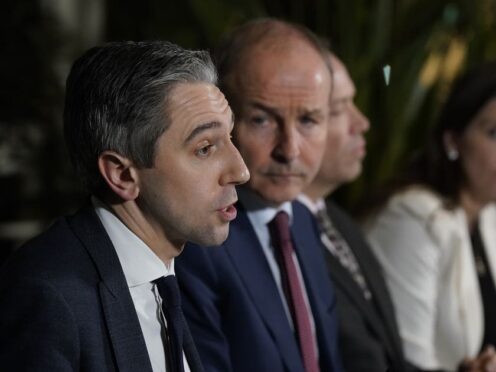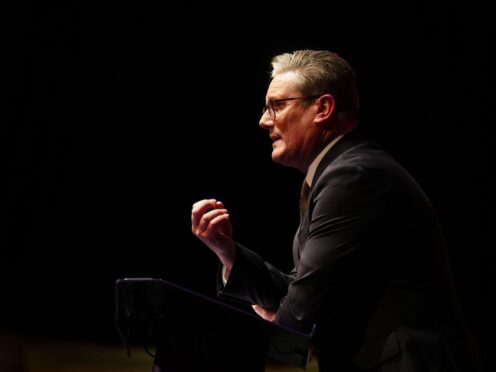The SNP has been accused of presiding over a “permanent crisis” in Scotland’s accident and emergency departments, as figures show patients in Fife continue to experience long delays.
In the week ending March 24, one in 20 patients (5%) in A&E departments across Scotland took more than 12 hours to be either admitted, transferred or discharged – with 1,344 people waiting that long.
That is up from the total of 1,277 the previous week, according to Public Health Scotland.
The most recent figures showed across Scotland of the 26,867 people who went to A&E for help, 65.4% were admitted, transferred or discharged within the four-hour target time.
That is up from the performance of 62.8% recorded the previous week, but remains well below the Scottish Government target of having 95% of patients admitted, transferred or discharged within four hours.
That target was missed for 9,290 patients in the week ending March 24. The figures showed 3,211 patients spent more than eight hours in the emergency department.
In the same week, 152 patients in Fife were left waiting longer than eight hours. Just over 63% were seen within four hours, far below the 95% target.
Forth Valley remains one of the worst performing health boards, where less than 50% of patients were seen within the four-hour target.
In the final week of March 47% of patients there were seen within four hours, up from 38% the previous week.
NHS Tayside continues to be an outlier among mainland health boards.
Staff at Ninewells Hospital met the four-hour waiting time target in 87% of cases in the week ending March 24, well above the Scottish average of 65%.

Conservative health spokesman Dr Sandesh Gulhane said: “The SNP are presiding over a permanent crisis in Scotland’s A&E departments.”
The Tory MSP, who is also a GP, said the government’s workforce planning is “dire”.
He said new Health Secretary Neil Gray had “inherited a mess”.

Dr Gulhane warned: “These excessive delays – with over 1,300 patients waiting half a day to be seen this week – cause needless deaths.
“Suffering patients and my colleagues in A&E need the Health Secretary to finally oversee an improvement as we go through spring.”

Mr Gray said: “We know that the health service remains under sustained pressure. Waiting times are longer than we want them to be for too many patients, and we continue to work with boards to reduce these instances.
“Despite this, the monthly statistics show an improvement in A&E performance.”
The Health Secretary continued: “The pressures being felt by our A&E departments are not unique to Scotland, with similar challenges being felt by emergency departments throughout the UK and beyond.
“A&E performance is impacted by pressures from across the wider health and social care system, which is why our Unscheduled Care Collaborative Programme is taking a whole system approach as we work with health boards to deliver sustained improvement.”
